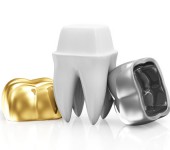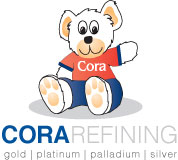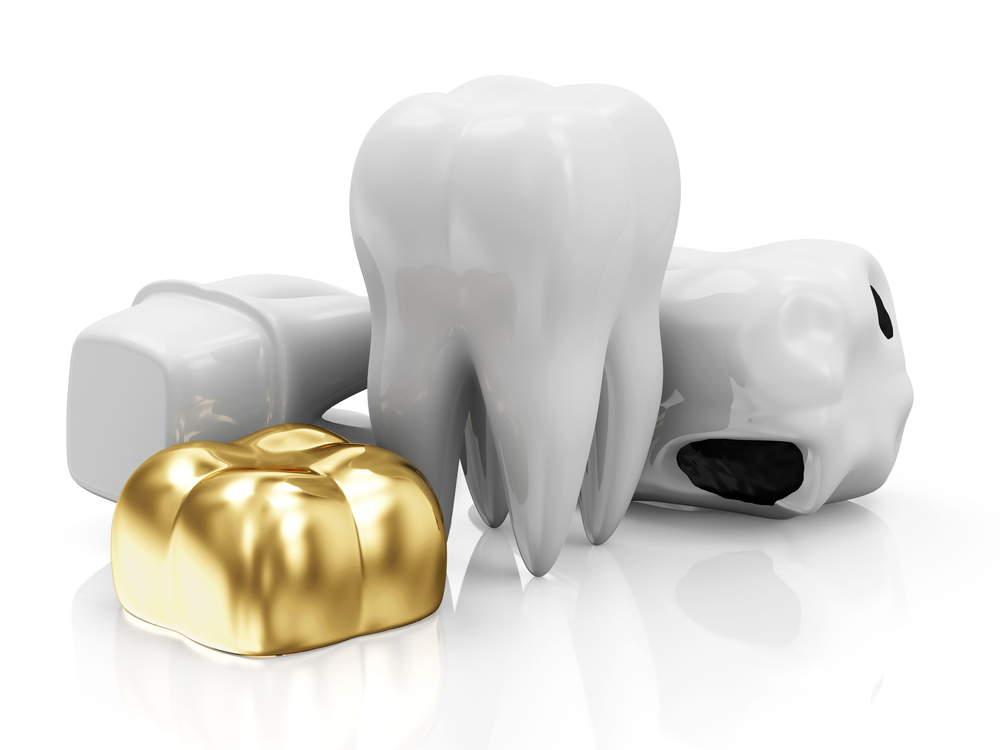In order to implement effective scrap management programs and get the most cash for dental scrap, it is important to understand the market and what influences dental labs to choose specific precious metals. There are many reasons causing price fluctuations in these metals; for example the price of gold is influenced by the health of the economy, but the price of palladium is influenced by supply and demand.
Before sending off your dental scrap to be refined, let us explain the various types of precious metals and the fluctuation in alloy mixtures.

Decrease of Gold in Dental Scrap
There are two main reasons for the decrease in the amount of gold in alloy mixtures. First, although the price of gold is far from its all-time high of $1900 set back in 2011, it is still expensive relative to other materials. Many dental labs have found non-precious alloys that are more affordable. The second reason is the creation of ceramic materials that work as an alternative in restorative materials.
Restorative and alloy mixtures with less gold do affect refining returns. Reduced amounts of gold in these materials, causes lowers returns as gold is one of the highest priced elements within the mixture.
Fluctuating Prices of Palladium
Since the late ‘90s, the price of palladium has fluctuated wildly; from a high of nearly $1100 per ounce in 2001, to a low of $200 per ounce in 2004. The automotive industry uses palladium for catalytic converters and can have a significant effect on the demand (and price) for palladium. In the dental industry, as gold use decreases, palladium tends to be the precious metal of choice for labs.
Distinguishing Between Precious and Non-Precious Alloys
Dental labs profit from the reduction in costs, as manufacturers continue to bring new versions of alloys to the market. These alloys use mixtures containing mostly non-precious metals, such as cobalt, nickel and chrome. For years, refiners have always suggested dental labs keep precious metals separate from non-precious, however; with newer alloy options it becomes extremely difficult to do just that.
With the changes in alloy mixtures, we have adapted our refining methods to provide the most accurate returns. When separating the mix of metals, the normal routine is to add copper into the lot, this works well for nickel alloys, but for newer mixtures such as cobalt and chrome a more detailed process is required. An experienced dental refiner, who is familiar with the different types of alloys, is necessary to ensure you receive the highest and most accurate returns.
As precious metals usage decreases, the ability to extract them becomes more difficult. Cora Refining solves this by using the most up to date technology to ensure the exact amount of precious metals are identified and accounted for.
With over 40 years in the industry, we maintain our core values, which focus on providing full disclosure, innovative refining technology and fair pricing. As new alloy mixtures and restorative treatments are invented, and the precious metal market changes, we continue to adapt. Our promise is to provide the most accurate and simple refining process.

